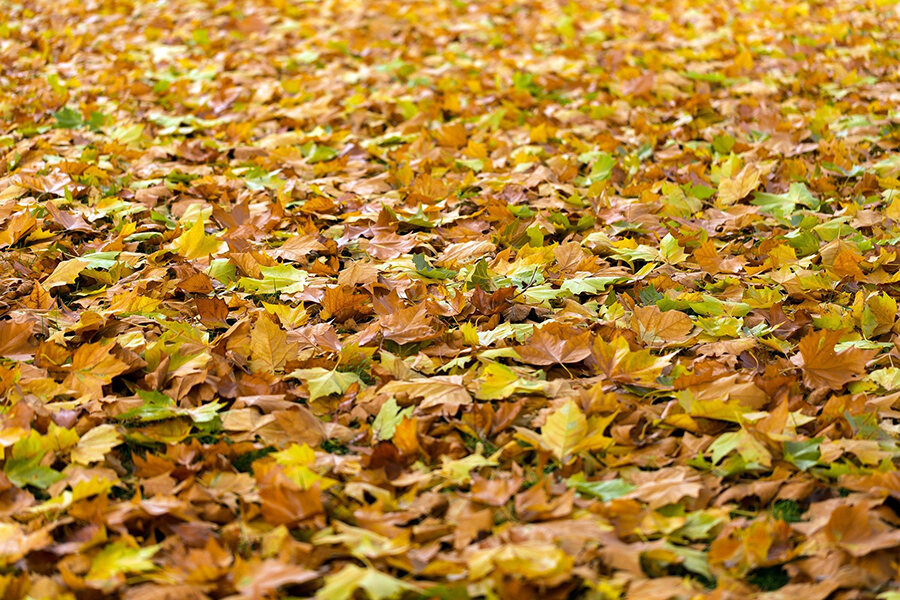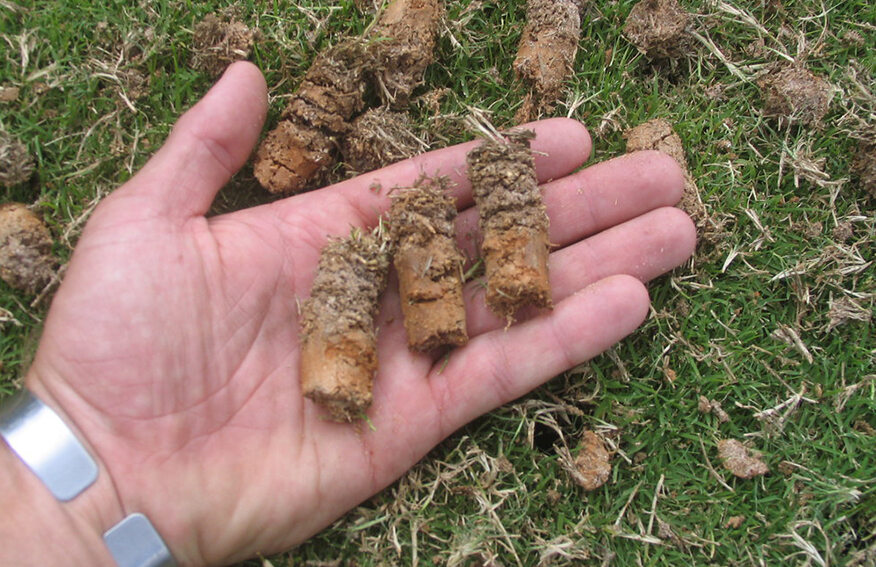What is Lawn Aeration?
8/7/2020 12:45:13 PM
When do You Aerate Your Lawn?
The best time to aerate your lawn is anytime during the growing season. However, the number of times your lawn needs aerating depends on the type of soil compaction. Also, grassy areas that have constant foot traffic may require lawn aeration more often than other areas.
Lawn aeration can be undertaken in the Spring for warm season grasses as soon as the soil has dethawed from the colder months. Warm-season grasses include bermudagrass, centipede grass, and zoysia grass. For cold-season grasses, such as Kentucky bluegrass or fine fescue grass, the fall season is the best time to aerate your lawn.

Fall and Spring are recommended as the best time of the year for lawn aeration. This is because spring aeration gives grass plants an extra boost and causes faster greening, while fall aeration helps strengthen the roots, in addition to providing an excellent bed for seeding.
Why do you aerate your lawn?
Your lawn needs aeration because over time the lawn can become compacted by heavy rains, snow, or foot traffic. The compacted surface inhibits water, nutrients, and air from reaching the root system.
The build-up of thatch prevents your lawn from breathing and gaining the nutrients it needs to grow healthy and green. Aeration immediately opens up the soil to nutrients, water, and air. The openings in the soil allow for air penetration and water movement. Lawn aeration also gives plant roots a place to stretch out and grow stronger.
Over time, lawn aeration will leave your yard less susceptible to disease and thatch buildup. Aeration also reduces water runoff and increases turf tolerance to heat and drought.
How do you aerate your lawn?
Knowing how to aerate your lawn can be as simple as poking holes into the soil of your lawn with a spike aerator or slicing aerator. However, the most common way to perform lawn aeration is through core aeration.
Core aeration is a type of lawn aeration where a machine mechanically removes plugs of soil and thatch from the lawn. The benefit of core aeration is that it reduces soil compaction, which allows oxygen, water, and other nutrients into the soil.

The main purpose of core aeration is to allow oxygen into the soil. The soil under your lawn needs to remain healthy in order to have strong and lush grass. Allowing oxygen, water, and other nutrients to the roots will prevent your lawn from disease and other long-term problems. It is recommended to aerate your lawn every five years or on an as-needed basis.
What are the long-term benefits of lawn aeration?
Lawn aeration is a natural process that has no bad side effects for your lawn. Aerated lawns are healthier because there will be access to water, oxygen, and nutrients. Here is a list of long-term benefits from aerating your lawn:
- Improved air exchange
- Enhanced water intake
- Improved fertilizer use
- Reduce water runoff
- Stronger roots
- Reduced soil compaction
- Enhanced thatch breakdown
- Reduce lawn maintenance
To maintain a healthy lawn, there needs to be a healthy root system. Compacted soil prevents grass from establishing healthy roots, water intake, and nutrients. Aeration helps relieve soil compaction, which allows your grass to grow strong roots.